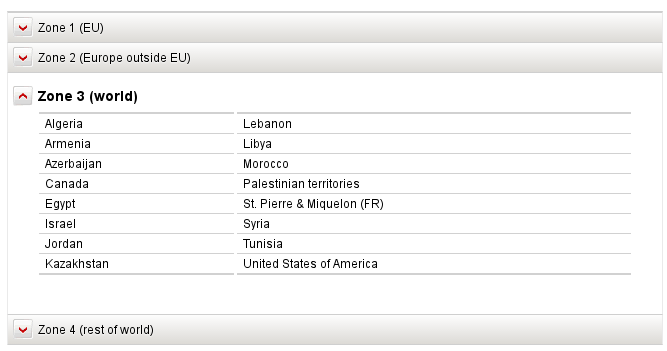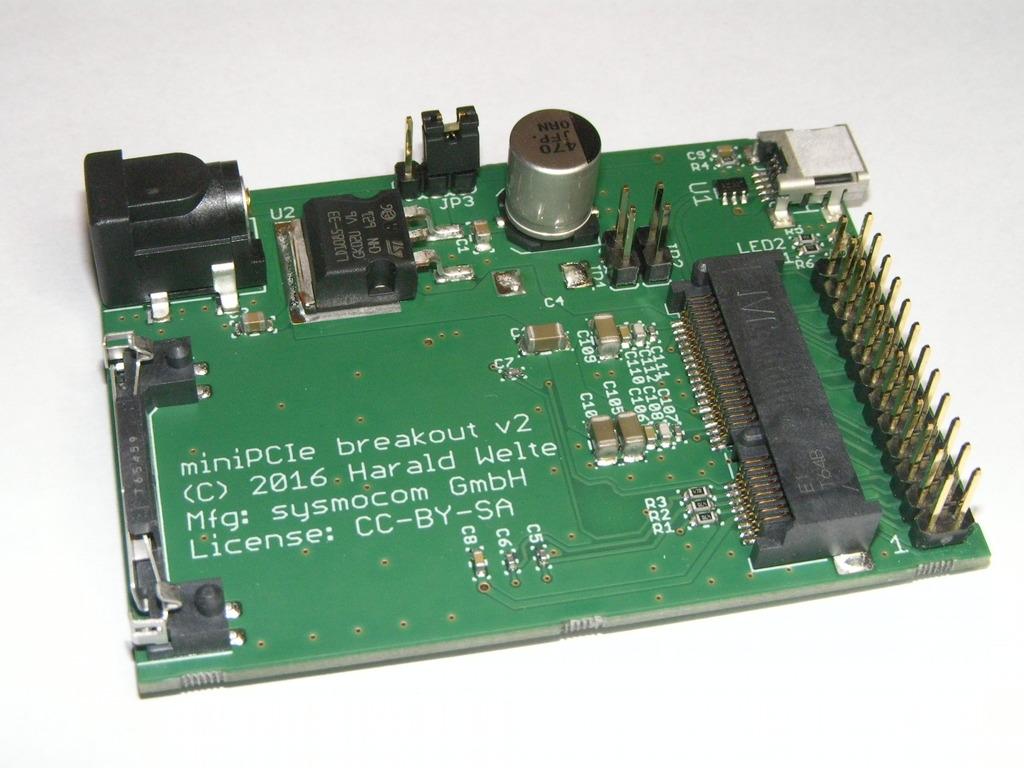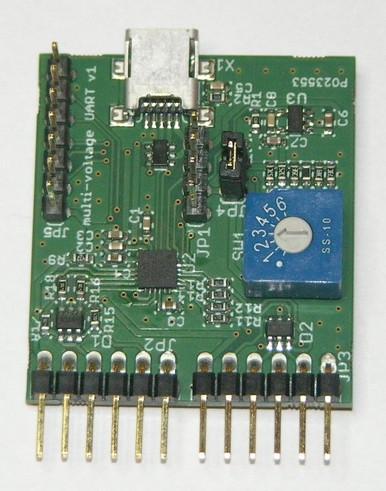Accessing 3GPP specs in PDF format
When you work with GSM/cellular systems, the definite resource are the specifications. They were originally released by ETSI, later by 3GPP.
The problem start with the fact that there are separate numbering schemes. Everyone in the cellular industry I know always uses the GSM/3GPP TS numbering scheme, i.e. something like 3GPP TS 44.008. However, ETSI assigns its own numbers to the specs, like ETSI TS 144008. Now in most cases, it is as simple s removing the '.' and prefixing the '1' in the beginning. However, that's not always true and there are exceptions such as 3GPP TS 01.01 mapping to ETSI TS 101855. To make things harder, there doesn't seem to be a machine-readable translation table between the spec numbers, but there's a website for spec number conversion at http://webapp.etsi.org/key/queryform.asp
When I started to work on GSM related topics somewhere between my work at Openmoko and the start of the OpenBSC project, I manually downloaded the PDF files of GSM specifications from the ETSI website. This was a cumbersome process, as you had to enter the spec number (e.g. TS 04.08) in a search window, look for the latest version in the search results, click on that and then click again for accessing the PDF file (rather than a proprietary Microsoft Word file).
At some point a poor girlfriend of mine was kind enough to do this manual process for each and every 3GPP spec, and then create a corresponding symbolic link so that you could type something like evince /spae/openmoko/gsm-specs/by_chapter/44.008.pdf into your command line and get instant access to the respective spec.
However, of course, this gets out of date over time, and by now almost a decade has passed without a systematic update of that archive.
To the rescue, 3GPP started at some long time ago to not only provide the obnoxious M$ Word DOC files, but have deep links to ETSI. So you could go to http://www.3gpp.org/DynaReport/44-series.htm and then click on 44.008, and one further click you had the desired PDF, served by ETSI (3GPP apparently never provided PDF files).
However, in their infinite wisdom, at some point in 2016 the 3GPP webmaster decided to remove those deep links. Rather than a nice long list of released versions of a given spec, http://www.3gpp.org/DynaReport/44008.htm now points to some crappy JavaScript tabbed page, where you can click on the version number and then get a ZIP file with a single Word DOC file inside. You can hardly male it any more inconvenient and cumbersome. The PDF links would open immediately in modern browsers built-in JavaScript PDF viewer or your favorite PDF viewer. Single click to the information you want. But no, the PDF links had to go and replaced with ZIP file downloads that you first need to extract, and then open in something like LibreOffice, taking ages to load the document, rendering it improperly in a word processor. I don't want to edit the spec, I want to read it, sigh.
So since the usability of this 3GPP specification resource had been artificially crippled, I was annoyed sufficiently well to come up with a solution:
first create a complete mirror of all ETSI TS (technical specifications) by using a recursive wget on http://www.etsi.org/deliver/etsi_ts/
then use a shell script that utilizes pdfgrep and awk to determine the 3GPP specification number (it is written in the title on the first page of the document) and creating a symlink. Now I have something like 44.008-4.0.0.pdf -> ts_144008v040000p.pdf
It's such a waste of resources to have to download all those files and then write a script using pdfgrep+awk to re-gain the same usability that the 3GPP chose to remove from their website. Now we can wait for ETSI to disable indexing/recursion on their server, and easy and quick spec access would be gone forever :/
Why does nobody care about efficiency these days?
If you're also an avid 3GPP spec reader, I'm publishing the rather trivial scripts used at http://git.osmocom.org/3gpp-etsi-pdf-links
If you have contacts to the 3GPP webmaster, please try to motivate them to reinstate the direct PDF links.




